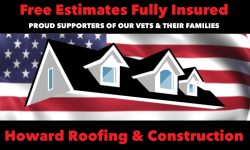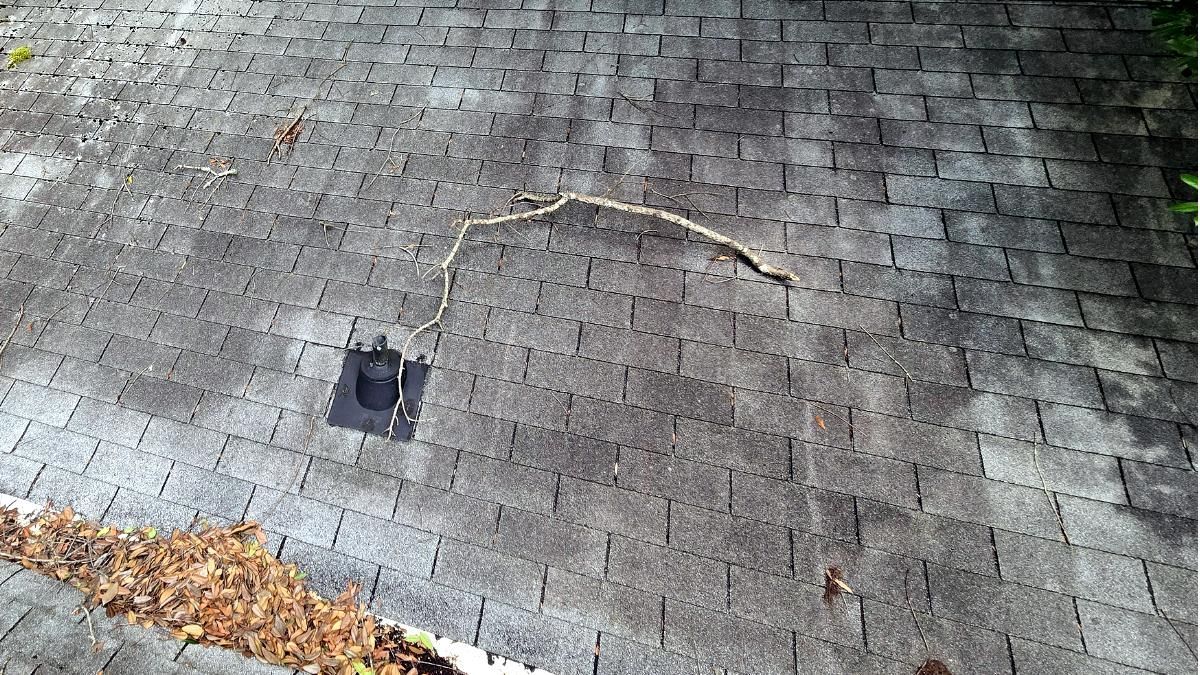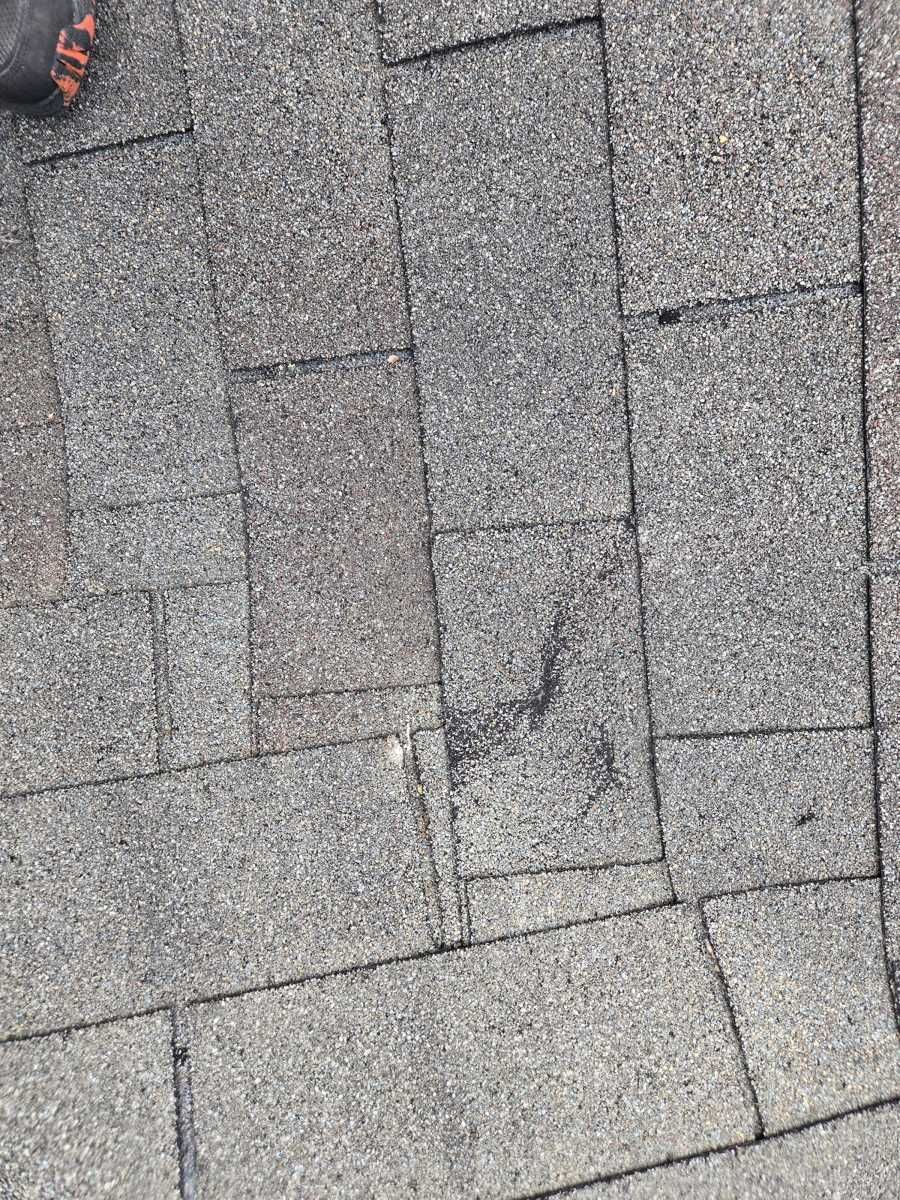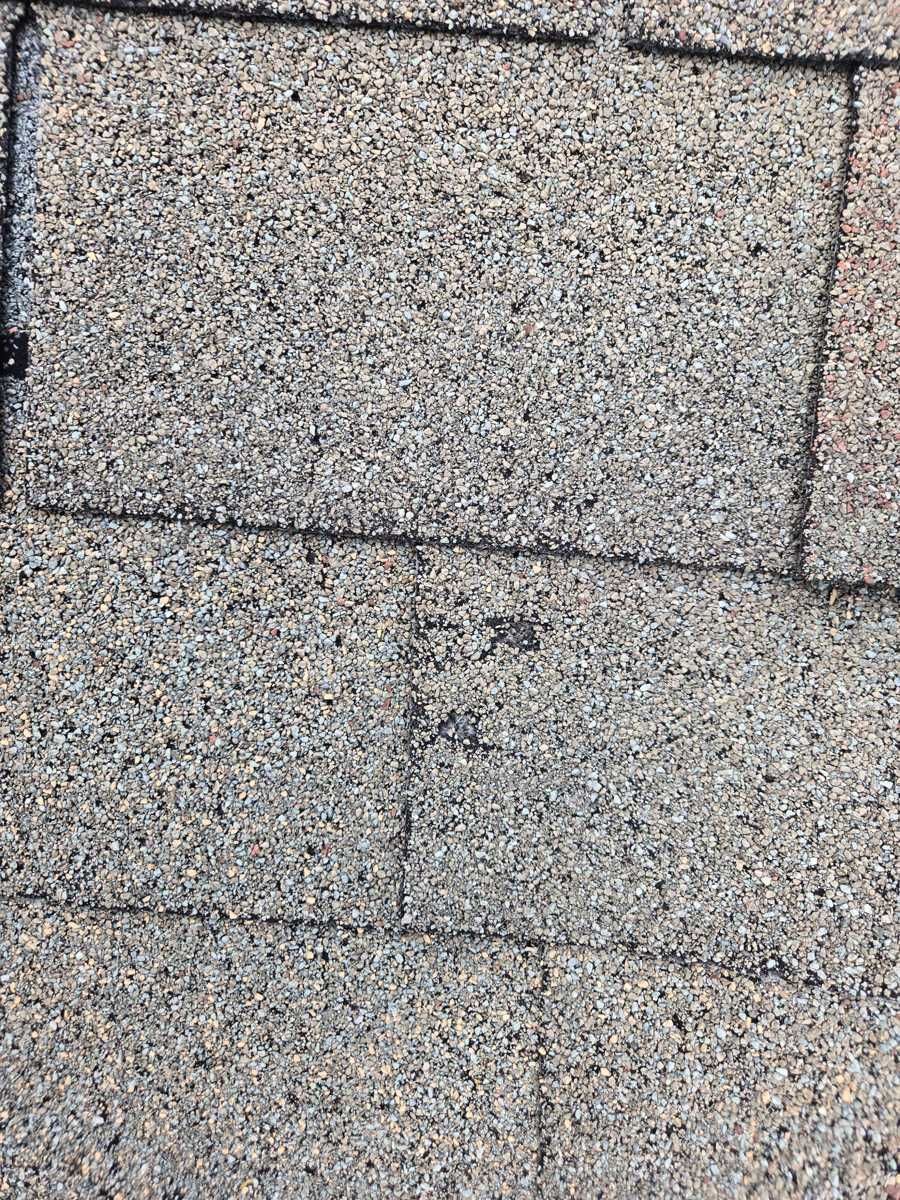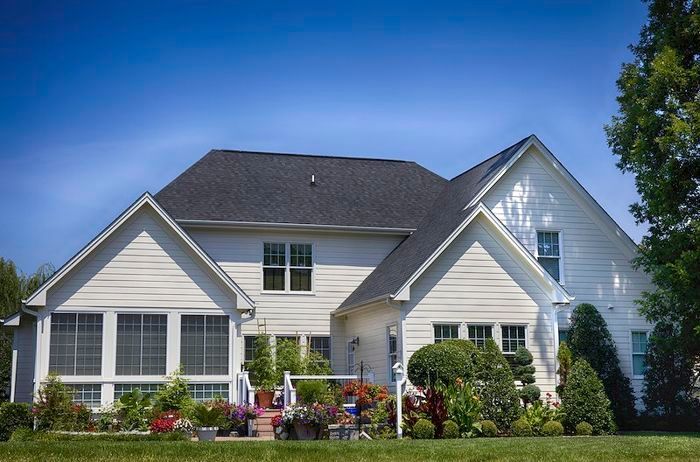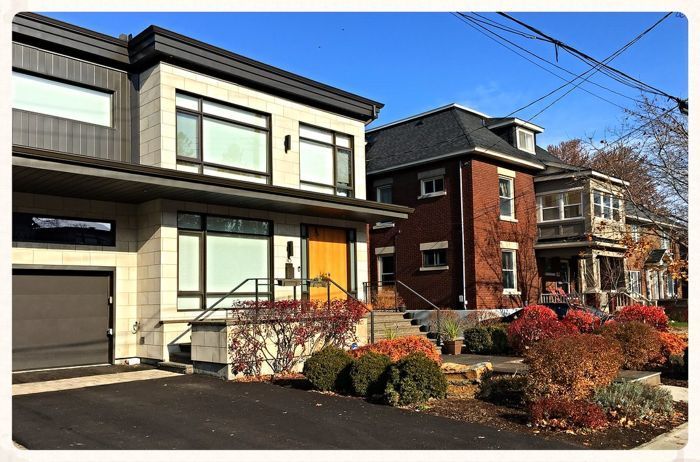After the Storm: What Wilmington Homeowners Should Do in the First 48 Hours
Your first 48-hour storm recovery checklist

Your step-by-step storm recovery checklist for Wilmington homeowners
Coastal storms hit fast and hard. If you’re in Wilmington or nearby (Hampstead, Leland, Surf City, Carolina Beach, Kure Beach, Wrightsville Beach, Burgaw, Castle Hayne, and Rocky Point), the first 48 hours after a storm are critical. Acting quickly can prevent small leaks from turning into major repairs, protect your family’s safety, and ensure that insurance claims are properly documented.
This guide walks you through a clear, step-by-step plan for those first two days—covering safety, inspection, documentation, and who to call for help.
1) Start with safety—outside and in
· Assume downed power lines are live. Stay at least 30 feet away and call your utility company immediately.
· Scan your property from the ground. Look for tree limbs leaning on your roof, damaged gutters, or siding blown off.
· Avoid climbing on wet or unstable roofs. Even seasoned pros fall—don’t risk it.
· Inside the home, check ceilings and walls for fresh water stains. Go into the attic if you can do so safely. Look for wet insulation, daylight shining through roof boards, or musty odors.
· Remember, storms in areas like Carolina Beach or Hampstead often leave behind salt spray and wind-driven rain, which can seep in through the smallest cracks.
2) Document everything before you move it
Insurance companies love proof, and photos are your best defense.
· Take wide shots of the entire house from all sides.
· Then take close-ups of damage: missing shingles, dented gutters, cracked skylight glass, bent flashing.
· Place a coin, tape measure, or even your hand in the photo for scale.
· Record a quick video walkthrough, narrating what you see (“missing shingles on left slope,” “ceiling stain in hallway,” etc.).
· Turn on your camera’s timestamp setting. If you don’t have it, simply say the date and time in your video.
· Save every receipt for supplies—plastic sheeting, buckets, towels, or even hotel stays if you can’t remain in your home.
3) Control water—temporary protection
· Place buckets and towels under leaks immediately.
· Cover valuables and electronics with plastic sheeting or large trash bags.
· If you can safely reach a low-slope section of roof, you may be able to place plastic sheeting to block rain until help arrives.
· For steep or two-story homes (common in Wrightsville Beach and Leland), do not attempt DIY tarping. Roofs after storms are slick and fragile. Call a fully insured local roofer for emergency tarping service.
4) What roof damage looks like from the ground
Even if you never climb a ladder, you can often spot clear warning signs:
· Missing shingles or tabs curled back by the wind. These issues often require professional roof repair before they lead to leaks inside the home.
· Shingles out of line—edges lifted or torn.
· Displaced ridge caps or debris piled in valleys.
· Bent or missing flashing around chimneys, skylights, and where roof meets wall.
· Granules in gutters or downspouts—looks like coarse sand, often a sign of hail or heavy shingle wear.
· Neighbor’s homes show damage—if your neighbor’s roof is affected, chances are yours is too, even if it’s not obvious yet.
5) Who to call (and in what order)
1. Local roofing contractor: If water is actively entering, call for emergency stabilization. A roofer can tarp the roof, take detailed photos, and advise if repair or replacement is needed. (You can schedule you own free roof inspection from the schedule button on the side bar to the right of your screen.)
2. Insurance company: Once you have photo evidence and a roofer’s findings, file a claim. Having documentation first makes the process smoother and avoids disputes later.
3. Tree service / utility company: If large limbs or wires are involved, get professionals to handle it.
Tip: In Wilmington and surrounding towns, be wary of out-of-area “storm chasers”. Always ask for a local license, insurance certificate, and references.
6) Why documentation matters for insurance
Many homeowners think insurance adjusters will automatically find everything. In reality, having your own photos and roofer’s report strengthens your claim.
· Documenting before moving debris proves the storm caused the damage.
· Photos of inside water stains help link roof leaks to interior repairs.
· Keeping a folder with receipts and reports can speed up claim approval and payment.
In some cases, insurance companies will even request your roofer’s inspection photos—so having them ready saves back-and-forth.
Along with your own photos, it’s smart to follow trusted national guidance. Agencies like NOAA’s hurricane prep guide outline safety basics and documentation steps that apply across Coastal NC.
7) Preventative vs. reactive maintenance
One of the biggest takeaways from storm recovery is the difference between a small preventative cost and a big reactive bill.
· Replacing a damaged pipe boot might cost $200.
· Waiting until water leaks into drywall and flooring could cost $5,000+.
· Annual inspections often catch cracked sealant, lifted flashing, or granule loss before storms expose them.
For coastal homeowners, preventative inspections are especially critical given the high wind and salt exposure.
8) Avoid the common pitfalls
· Door-to-door crews promising same-day repairs for cash up front. Always demand contracts in writing.
· Walking on your own roof. Besides the risk of injury, walking on wet shingles can cause more damage.
· Throwing away damaged materials before they’re photographed. Keep samples if possible.
· Waiting too long. Most insurance policies require claims within a certain timeframe.
9) Your 48-hour checklist
· ✅ Walk the perimeter and inspect ceilings/attic.
· ✅ Capture wide photos and close-ups with timestamps.
· ✅ Place buckets and temporary coverings under leaks.
· ✅ Call a local roofer for inspection and documentation.
· ✅ File insurance claim if damage is significant.
· ✅ Save all receipts for supplies and emergency work.
FAQs
Should I call my roofer or insurance first?
Call a roofer first if water is entering or you see roof damage. Their photos and notes make your insurance call smoother.
Will a temporary tarp affect my warranty or claim?
No. Temporary tarps or plastic sheeting are encouraged to prevent further damage. Just save photos and receipts, and use a professional when the roof is unsafe.
What if I don’t see obvious damage?
Hidden wind uplift, cracked flashing, and granule loss are often invisible from the ground. Always schedule an inspection—especially after hurricane-force winds.
What happens if I wait to repair?
Small leaks expand fast. Water follows gravity, meaning a small roof puncture can stain ceilings, damage insulation, and even rot framing if ignored.
How often should I get inspections in Coastal NC?
At least once a year, plus after any major storm event. Coastal winds, hail, and salt air age roofs faster than inland conditions.
Conclusion + Soft CTA
The first 48 hours after a storm are all about safety, documentation, and quick action. By following these steps, you can protect your home, keep your family safe, and give your insurance company the information they need.
Call Howard Roofing & Construction at 910-540-7726 or request your free inspection at /roof-inspection. We proudly serve Wilmington, Hampstead, Leland, Surf City, Carolina Beach, Kure Beach, Wrightsville Beach, Burgaw, Castle Hayne, and Rocky Point.
